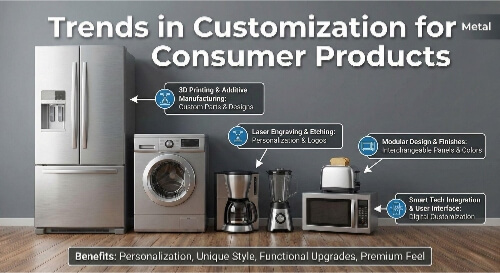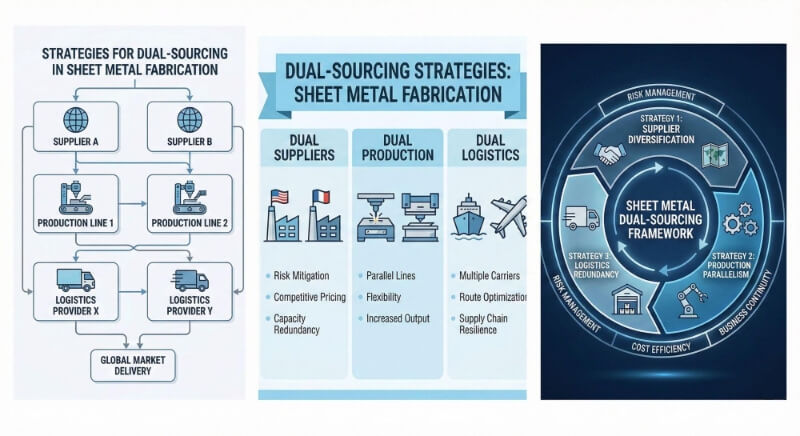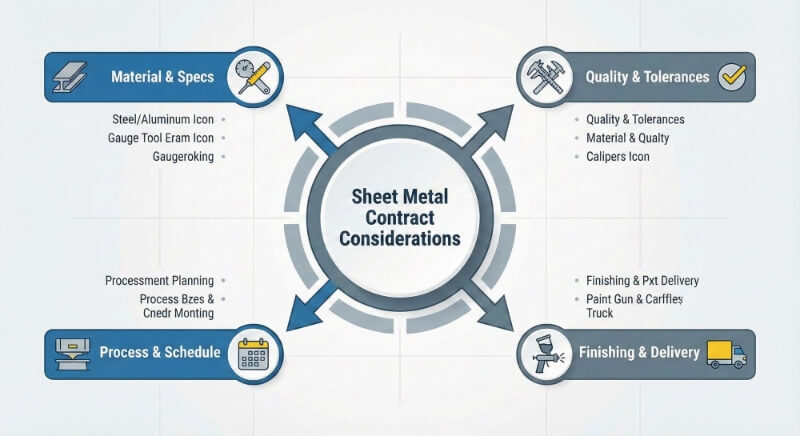Plastic parts often struggle with two main problems: rough surfaces and low strength. Scratches, tool marks, and a dull appearance can reduce their performance and value. Vapor polishing can address these issues by creating a smooth, glass-like finish.
This method does more than make parts look good. It can also enhance their overall function. Let’s take a closer look at how it delivers these results.
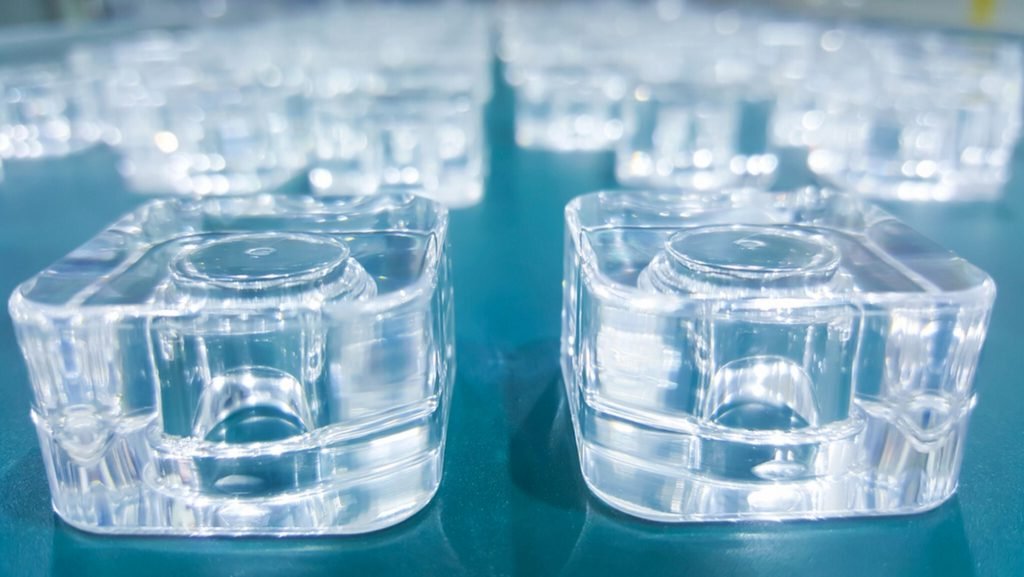
What Is Vapor Polishing?
Vapor polishing is a finishing process that uses chemical vapors to smooth the surface of a plastic part. The process starts by placing the part inside a sealed chamber. A chemical like methylene chloride is heated until it becomes a vapor. When this vapor contacts the plastic, it slightly melts and reshapes the outer layer. This reshaping fills in rough spots, scratches, and minor marks.
This process does not remove material by cutting or grinding. Instead, it alters only the very top layer of the plastic. Even fine tool marks from CNC machining or 3D printing can vanish. The finished surface often achieves high optical clarity, essential for lenses, medical devices, and display components.
Vapor polishing also improves the strength of plastic parts. Tiny surface flaws, like micro-cracks, can become weak points that lead to failure. By smoothing and sealing these flaws, the process enhances durability. This makes parts more reliable under repeated use or mechanical stress.
The Science Behind Vapor Polishing
Vapor polishing works at the microscopic level to improve the appearance and performance of plastic surfaces. To understand why it works, we need to examine how polymers behave and how solvent vapor interacts with them.
Understanding Polymer Surface Morphology
Polymers consist of long molecular chains. Tiny surface defects often appear when a plastic part is molded, machined, or 3D printed. These defects include ridges, scratches, and small pores. Even though they are tiny, they scatter light and make the surface look cloudy or dull. They can also reduce strength because cracks often start at these points.
A smooth polymer surface lets light pass through more evenly, creating optical clarity. This is why lenses, medical devices, and other high-performance parts require flawless surfaces. To achieve this, the outermost layer of the plastic—where these defects exist—must be treated.
The Role of Solvent Vapor in Surface Reformation
When solvent vapor reaches the plastic surface, it softens the top layer. This softening only affects a thin surface layer and does not change the bulk material. The polymer chains at the surface loosen and flow slightly. This movement fills in ridges, tool marks, and scratches.
Once the vapor is removed, the surface cools and hardens. The reformed surface is smoother and more uniform. Micro-cracks and pores are sealed, which improves durability. Since the bulk of the plastic remains unchanged, the part keeps its shape and size while gaining better clarity and strength.
Step-by-Step Vapor Polishing Process
Vapor polishing is a careful, controlled process. Each step is designed to protect the part, preserve its shape, and produce a flawless finish.
Step 1: Part Preparation
Before polishing, the part must be clean. Dust, oil, or leftover residues can block the vapor and cause uneven results. Technicians usually wash parts with mild detergents or solvents. After washing, the part is dried thoroughly to prevent moisture from reacting with the vapor.
Step 2: Apparatus Setup
Polishing requires a sealed chamber to contain the solvent vapor safely. Fixtures hold the part so that the vapor reaches all surfaces evenly. The chamber also allows controlled heating of the solvent. Safety systems and proper ventilation are included because the chemicals can be hazardous.
Step 3: Generating the Vapor “Cloud”
A solvent, often methylene chloride for polycarbonate or acrylic, is heated to produce a vapor cloud. The vapor surrounds the part inside the chamber. It must be dense enough to cover all surfaces but carefully controlled to avoid damage or deformation.
Step 4: The Polishing Process
When the vapor touches the plastic, it softens the outer layer. The polymer flows slightly, filling scratches, ridges, and other minor defects. This reflow produces a smooth, glass-like surface. The process usually takes only a few minutes. The goal is clarity without changing the part’s shape.
Step 5: Post-Processing and Curing
After polishing, the part is removed from the chamber to cure. During curing, any remaining solvent evaporates, and the surface hardens again. This step stabilizes the finish and prevents future distortion. Sometimes, gentle airflow or heating speeds up curing.
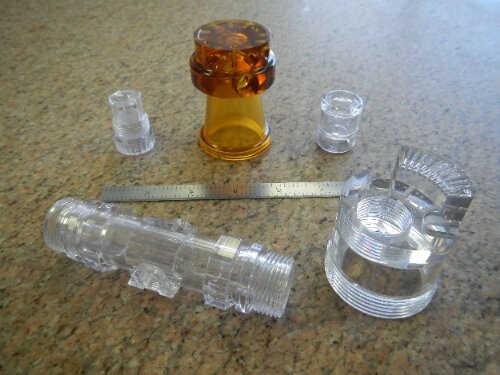
Suitable Solvents for Vapor Polishing Different Plastics
The solvent used in vapor polishing depends on the type of plastic being treated. The right solvent is key to achieving a smooth and precise finish without damaging the material. Below is a quick reference guide showing which solvents work best for common plastics, along with notes on their performance.
| Plastic Material | Common Solvent(s) | Notes |
|---|---|---|
| Polycarbonate (PC) | Methylene Chloride (Dichloromethane, DCM) | Most widely used solvent. Produces fast surface softening and excellent clarity. |
| Acrylic (PMMA) | Methylene Chloride (DCM), Tetrahydrofuran (THF) | DCM works for general use, THF can be better for optical-grade parts. |
| Polysulfone (PSU) | Chloroform, Methylene Chloride (DCM) | High-performance plastic, responds well to chloroform for smoother finishes. |
| Polystyrene (PS) | Toluene, 1,2-Dichloroethane | Produces flat surfaces but requires careful control to avoid over-softening. |
| Polyetherimide (PEI, Ultem) | Chloroform, Methylene Chloride (DCM) | Limited improvement, but vapor polishing still adds surface gloss. |
| PETG (Polyethylene Terephthalate Glycol) | Tetrahydrofuran (THF), Dichloromethane (DCM) | Results vary depending on formulation; best to test small samples first. |
| PVC (Polyvinyl Chloride) | Tetrahydrofuran (THF), Cyclohexanone | Works for surface smoothing, but overexposure may cause whitening. |
Ideal Materials for Vapor Polishing
Vapor polishing does not work for every type of plastic. It is most effective on certain materials. Knowing which plastics respond well helps decide if this process is suitable.
Best For
Vapor polishing works best on transparent, amorphous plastics. Materials like polycarbonate, acrylic (PMMA), and polysulfone respond very well. These plastics often need both strength and transparency.
Polycarbonate parts gain better clarity for optical and medical uses. Acrylic components get a glossy finish for displays or lighting. Polysulfone benefits from smoother surfaces and added durability. These plastics absorb vapor evenly, giving consistent results even on complex shapes.
Not For
Some plastics do not polish well with vapor. Semi-crystalline plastics, such as nylon, polypropylene, and polyethylene, resist surface softening, and the vapor cannot effectively reshape their surfaces.
Like those with glass fibers, filled plastics also perform poorly because the fillers disrupt the finish. Mechanical polishing or other finishing methods are a better choice in these cases.
Benefits of Vapor Polishing
Vapor polishing provides several clear advantages for engineers and manufacturers. It improves the look and performance of plastic parts, making them suitable for applications that demand precision and reliability.
Improved Optical Clarity and Transparency
The process removes scratches, tool marks, and haze that scatter light. This lets parts transmit light more effectively, essential for lenses, medical devices, and lighting products. Better optical clarity enhances the overall appearance, adding value to consumer-facing items.
Enhanced Mechanical Strength and Durability
Vapor polishing seals micro-cracks and surface pores by reflowing the outer layer. This prevents cracks from spreading under stress, resulting in a stronger, more reliable component that can withstand repeated use or heavy loads without early failure.
Reduction of Surface Roughness and Imperfections
Vapor polishing smooths ridges and uneven textures left by machining or 3D printing. The polished surface allows parts to fit better, move more smoothly, and resist wear. In applications where hygiene is essential, smoother surfaces are easier to clean and sterilize.
Compatibility with Complex Geometries
The vapor surrounds the part evenly, making it effective for internal channels, curves, and intricate designs. This is especially useful for complex prototypes or parts where precise shapes must be maintained. The process delivers a uniform finish without changing critical dimensions.
Applications Across Industries
Vapor polishing is used in many fields where clarity, strength, and precision are essential. Its ability to improve both performance and appearance makes it valuable across a wide range of industries.
Automotive
In the automotive industry, vapor polishing is applied to parts that need durability and a clear finish. Polycarbonate light covers, instrument panels, and display housings gain improved optical clarity. The process also strengthens components against vibration and repeated stress, extending their service life.
Aerospace
Aerospace parts need to be strong yet lightweight. Vapor polishing improves the reliability of transparent plastics used in cockpit displays, lenses, and protective covers. Reducing surface flaws slows the risk of cracks forming under flight stresses.
Medical Devices
Medical tools often require transparency and smooth surfaces for proper function and hygiene. Vapor polishing creates parts like endoscope housings, diagnostic lenses, and surgical guides with clear visibility and easy-to-clean surfaces.
Consumer Electronics
Consumer devices value both aesthetics and durability. Vapor polishing is used for display windows, protective covers, and housings in cameras, smartphones, and wearable tech. It enhances clarity and provides a sleek, polished look.
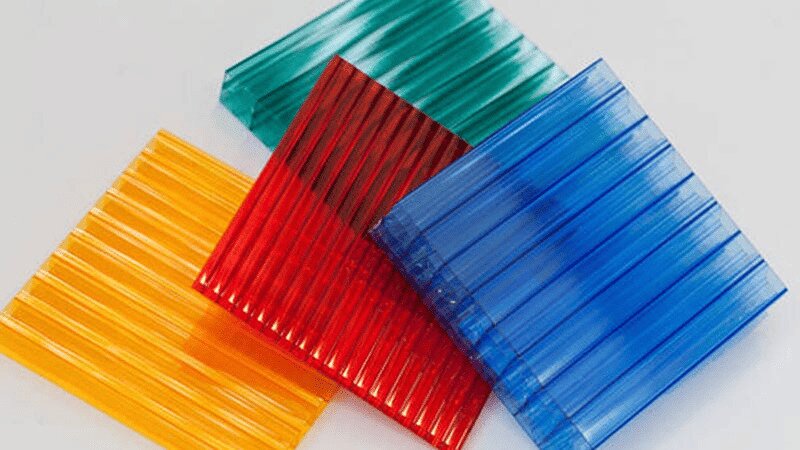
Critical Process Parameters to Control
Vapor polishing can deliver excellent results only if the process is carefully controlled. Knowing the key parameters helps ensure consistent, high-quality outcomes.
Solvent Type and Mixture Formulation
The choice of solvent is critical because plastics react differently to chemical exposure. Methylene chloride is often used for polycarbonate and acrylic. In some cases, solvent blends are needed to adjust how quickly the vapor evaporates or how the surface reflows. The right mix softens the surface enough to smooth out flaws without deforming the part.
Vapor Concentration and Chamber Temperature
The density of the vapor cloud affects how evenly the surface is polished. Too little vapor leaves scratches or tool marks behind. Too much vapor can soften the surface, causing distortion or shrinkage. Chamber temperature also needs precise control to keep the vapor pressure stable. A steady temperature ensures the solvent turns into vapor at the correct rate.
Exposure Time and Its Precise Management
Exposure time is another critical factor. If parts spend too little time in vapor, surface defects remain. If they stay too long, the surface can warp or become uneven. Operators adjust the timing in seconds or minutes, depending on the plastic type, thickness, and part complexity.
Troubleshooting Common Issues
Even with close control, vapor polishing can sometimes produce defects. Recognizing these issues and their causes helps keep the finish consistent and high in quality.
Whitening/Hazing
Whitening or hazing appears as a cloudy surface instead of a clear one. This can happen if the solvent vapor is too strong or the exposure time is too long. Contamination, such as dust or oil, can trap vapor and create a cloudy look. To avoid this, carefully clean the part and adjust the specific plastic’s vapor concentration or exposure time.
Orange Peel Texture
An orange peel texture looks like small bumps or waves on the surface. It often comes from uneven vapor flow or a too-hot chamber. Parts with complex shapes are more likely to show this problem. Using proper fixtures and ensuring smooth vapor distribution can help. Slowing down the rise in temperature also allows the surface to reflow more evenly.
Drooping/Warping
Drooping or warping happens when the plastic softens or is exposed too long. Thin sections of a part are especially vulnerable. Supporting the part during polishing can reduce deformation. Lowering exposure time or adjusting chamber temperature helps keep the original shape while achieving a polished surface.
Uneven Finish
An uneven finish occurs when some areas receive more vapor than others. This often happens if the part is incorrectly positioned or the vapor cloud is inconsistent. Rotating the part or using multiple vapor sources can improve coverage. Closely monitoring chamber conditions ensures all surfaces polish evenly for a uniform result.
Conclusion
Vapor polishing is a reliable way to improve plastic components’ clarity, strength, and surface quality. It smooths rough surfaces, seals micro-cracks, and enhances transparency without changing part dimensions. The process works best for plastics like polycarbonate and acrylic, making it valuable for automotive, aerospace, medical devices, and consumer electronics industries.
Are you looking for high-quality plastic finishing solutions? Contact our team today to discuss your project and request a free quote.
Hey, I'm Kevin Lee

For the past 10 years, I’ve been immersed in various forms of sheet metal fabrication, sharing cool insights here from my experiences across diverse workshops.
Get in touch

Kevin Lee
I have over ten years of professional experience in sheet metal fabrication, specializing in laser cutting, bending, welding, and surface treatment techniques. As the Technical Director at Shengen, I am committed to solving complex manufacturing challenges and driving innovation and quality in each project.

